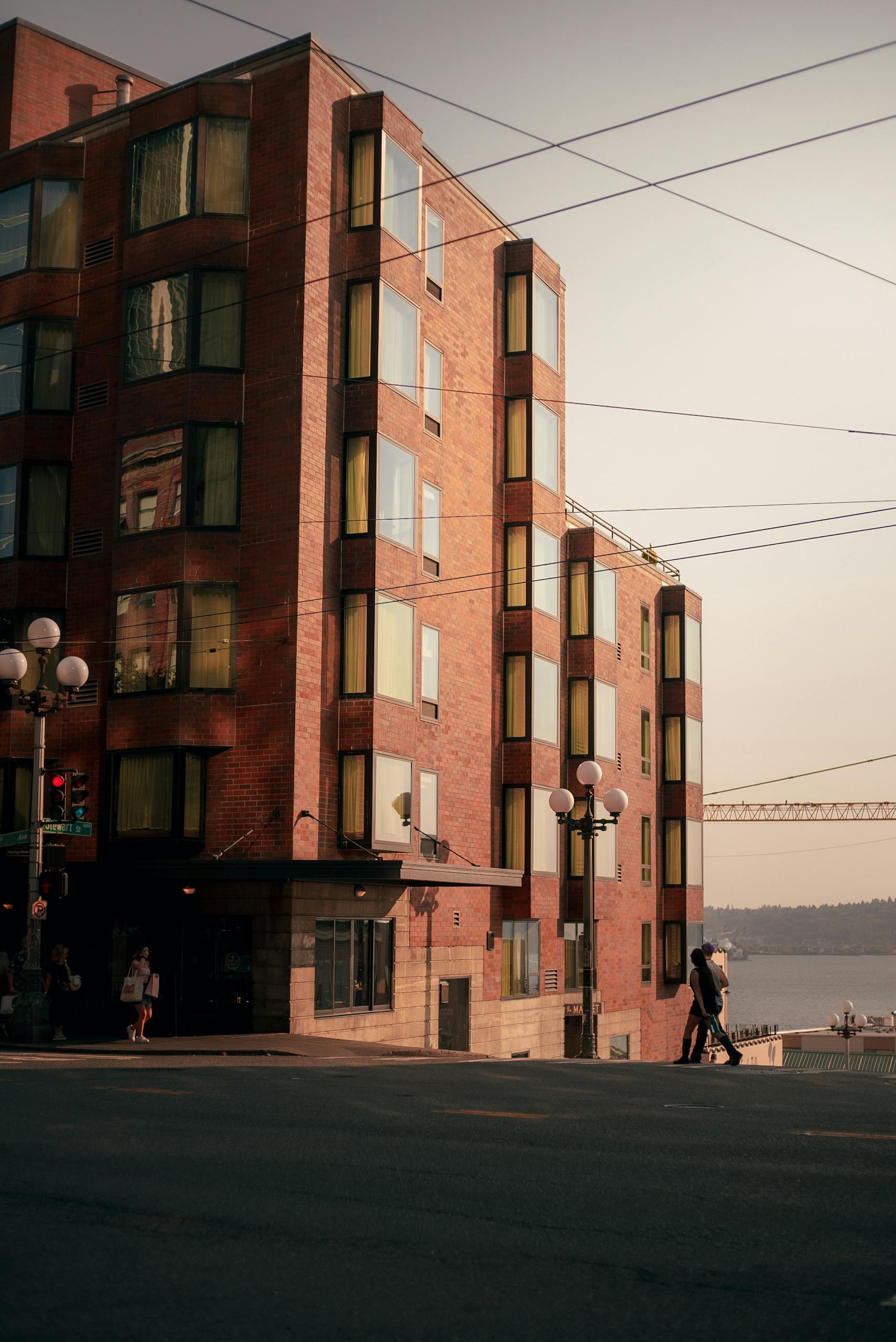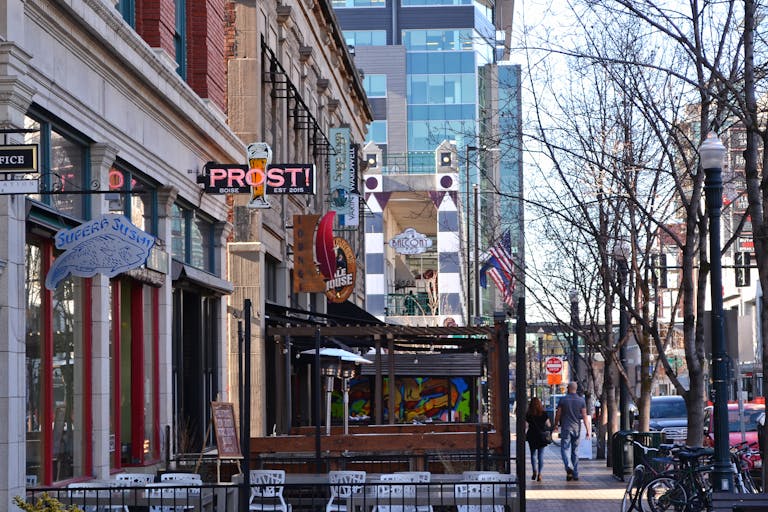The Office Conversion Boom: Turning Vacant Buildings into High-Demand Residential Units
The landscape of American cities is undergoing a seismic shift. The twin pressures of increased remote work and a persistent housing shortage have created an unprecedented glut of vacant office space, particularly in downtown core areas. This dynamic has fueled a major commercial real estate trend: the office conversion boom.
Developers and city planners are increasingly looking at adaptive reuse — the process of repurposing older buildings for new, more in-demand uses — as the most viable solution to both the office vacancy crisis and the urgent need for more multifamily development.
The Economic and Environmental Case for Adaptive Reuse
The traditional model of demolishing and building from scratch is expensive, time-consuming, and environmentally intensive as well. Adaptive reuse offers a triple bottom line benefit: it’s often faster, it preserves the embodied carbon already in the building’s materials, and it can inject new economic life into struggling downtown districts.
The financial rationale for office conversion is straightforward. In many major metropolitan areas, the value of commercial office space has plummeted, while the demand and price for residential units remain high.
This disparity has made the cost of converting an existing office tower into apartments competitive with, or even lower than, new ground-up construction — particularly where zoning fast-tracking and/or municipal incentives designed to spur urban revitalization are in place.
Successful conversions typically target buildings constructed between the 1950s and 1980s. That’s because these older structures often feature shallow floor plates, which are ideal for apartment layouts because they allow natural light to penetrate deeply into the residential units.
Newer office buildings, on the other hand, tend to have deep floor plates, which pose a greater challenge, sometimes even requiring the creation of internal light wells or courtyards to meet residential habitability standards.
BizRealtyLab Pro Tip: For a comprehensive guide to the engineering challenges and best practices in adaptive reuse projects, check out architectural resources from the National Trust for Historic Preservation.

Key Commercial Real Estate Trends Driving Office Conversion
Several key factors are aligning to make the conversion pipeline financially irresistible:
The financial success of these projects relies on meticulous planning and cost control. Developers must navigate the costly differences between commercial and residential building codes, including plumbing, fire safety systems, and elevator capacity. However, with the right building profile, the potential for a high return on investment (ROI) is significant.
The Social Impact: Office Conversion Fueling Urban Revitalization
The impact of office conversion extends far beyond the individual building’s balance sheet; it is a critical engine of urban revitalization. When downtown buildings are exclusively offices, a city center is a 9-to-5 environment that becomes a ghost town after dark and on weekends (see Phoenix, Arizona up until the last decade or two as a prime example). Introducing residential units transforms the area into a true 24/7 neighborhood.
They’re especially attractive due to:
Office conversion also provides an opportunity to create workforce housing where it’s needed most — close to transit hubs and urban amenities.
The main challenge lies in ensuring that multifamily development is inclusive. Cities are pressuring developers to incorporate affordable housing components into the converted units to prevent the rapid gentrification that often accompanies a revitalization wave.

The Future of Multifamily Development
As the supply of easily convertible office stock diminishes, the next phase of this office conversion trend will involve more complex, innovative solutions. This includes “vertical adaptive reuse,” where a lower portion of a building remains commercial while the upper floors are converted to residential, or the intentional design of new hybrid buildings that can flex between uses as commercial real estate trends dictate.
Ultimately, the office conversion boom signifies a long-term recalibration of how we use space in our cities. It is a powerful example of how adaptive reuse can transform obsolete structures into desirable housing, simultaneously addressing economic, environmental, and social challenges in one fell swoop.
BizRealtyLab Pro Tip: To explore the metrics and market performance of new multifamily development strategies across different asset classes, check data published by the National Multifamily Housing Council.




